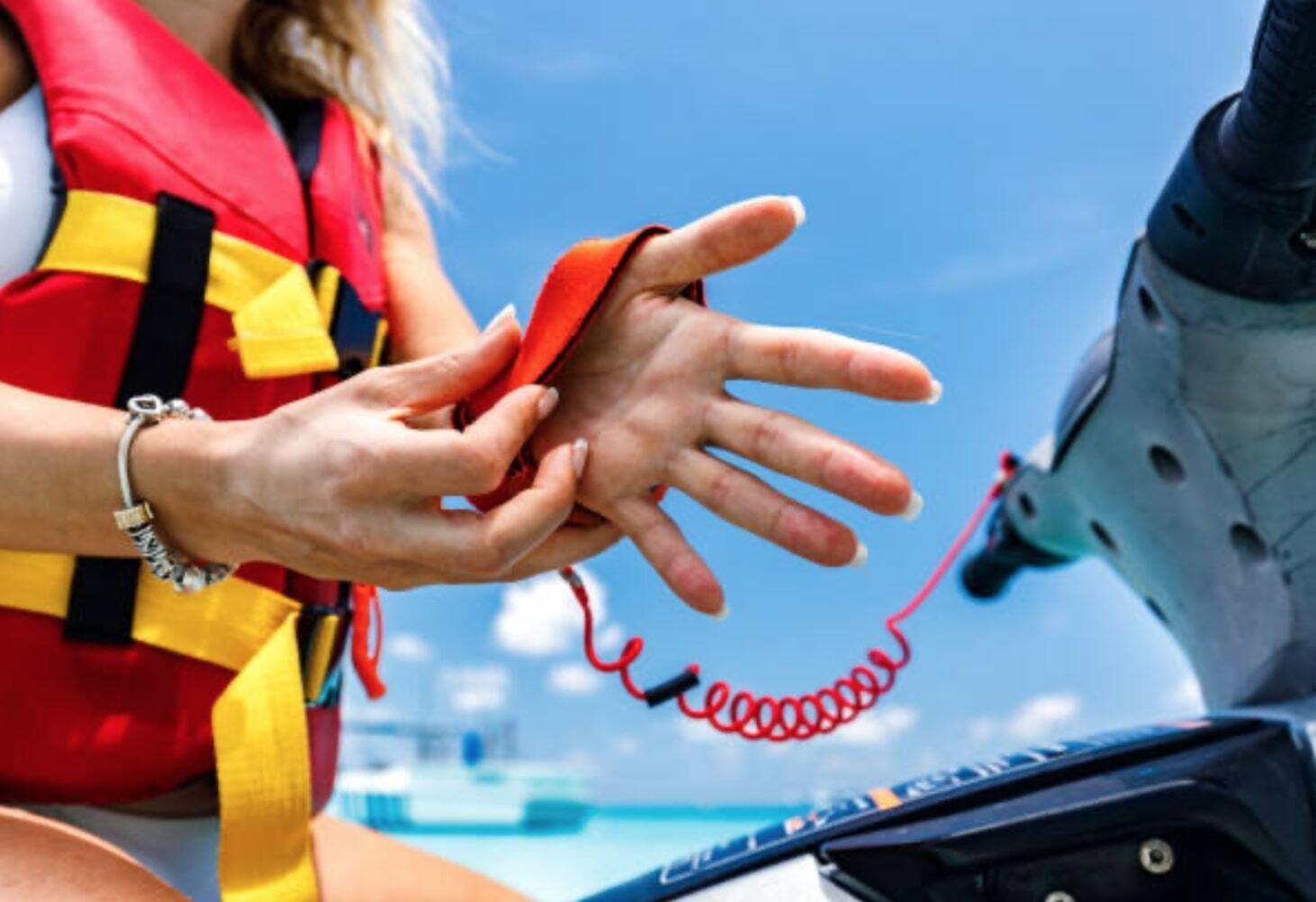Have you given in to the craze of Water Toys? Then you must certainly know about the fliteboard! This type of electric surfboard hovering over the water offers incredible sensations: you simply feel like you’re flying above the ocean! However, to ensure your fliteboard keeps you soaring for as long as possible, it is important to maintain it, along with its spare parts. In this article, we will remind you of some general information about the eFoil and provide you with maintenance tips.
What you need to know about the fliteboard

First of all, it should be noted that the term fliteboard refers to a brand of eFoil. It allows you to “fly” thanks to its wing, which functions like an airplane’s. Indeed, the more you accelerate, the more the water pressure lifts the board.
Its History
If you think this invention is recent, you are mistaken! While the fliteboard as we know it appeared in the 2000s, the first foils were developed in the 19th century to be placed under boats. In 2009, the well-known surfer Laird Hamilton revived this French invention by placing a foil under his surfboard. He managed to slightly propel it and later added a motor for better performance. This is how the eFoil was born.
The Components
A fliteboard works thanks to three main components:
• A Board
The central element of the eFoil, the board is slightly wider than a traditional surfboard, providing better stability. Of course, you can choose from different sizes; a person who is 1.60 meters tall doesn’t have the same needs as someone who is 1.90 meters tall!
• A Wing
This is what propels the fliteboard above the water.
• A Mast
It connects the board to the wing of the eFoil and houses the battery and the propeller.
How to Maintain a Fliteboard?

Just like a car or any other motorized device, maintaining an eFoil is crucial to ensure it continues to function properly. Here are some tips to help you take care of your water sports companion
Cleaning After Use in Salt Water
A fliteboard can glide over a lake, but it is especially appreciated for flying over the sea. The downside is that salt water can cause corrosion of its mechanical components! But don’t worry, this won’t happen if you take the time to follow the steps below after using it.
First, you need to remove the salt from the device. This is simple: rinse it with fresh water (non-salty). Do this thoroughly and don’t hesitate to use the necessary amount of water.
Next, you need to rinse the inside of the eFoil. Remove most of the water by lifting the cover and starting the bilge pump. The most challenging part will be cleaning your cooling system, but there are small tips to achieve this easily. Make sure to get informed!
Finally, turn on the motor one last time to expel any remaining drops of water.
Tips for Maintaining the eFoil and Its Spare Parts

Generally speaking, your fliteboard should be disassembled and rinsed after each use, whether there is salt or not. This takes time, but it is not very complicated: water and soap are enough to clean it. Make sure to dry everything thoroughly.
Scratches are common on an eFoil, so don’t let them accumulate. Use sanding sheets to remove superficial scratches and finish with polishing.
Regarding small spare parts, we recommend greasing the screws and inserts before each use. This will prevent the parts from fusing together.
You should also remember to thoroughly clean the mast and propeller, and to dry the battery and the inside of the board.











